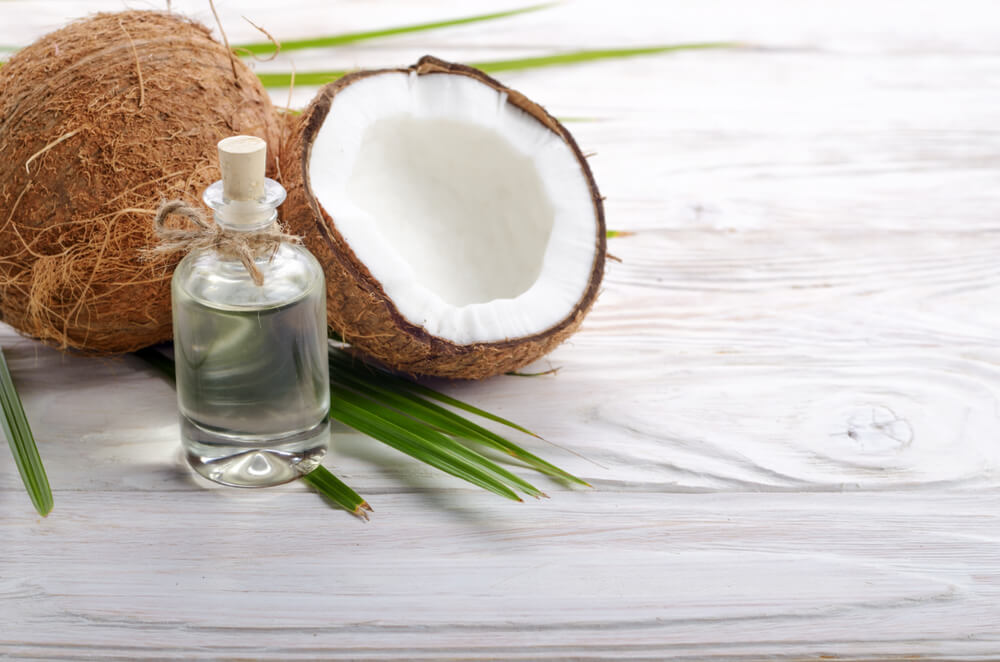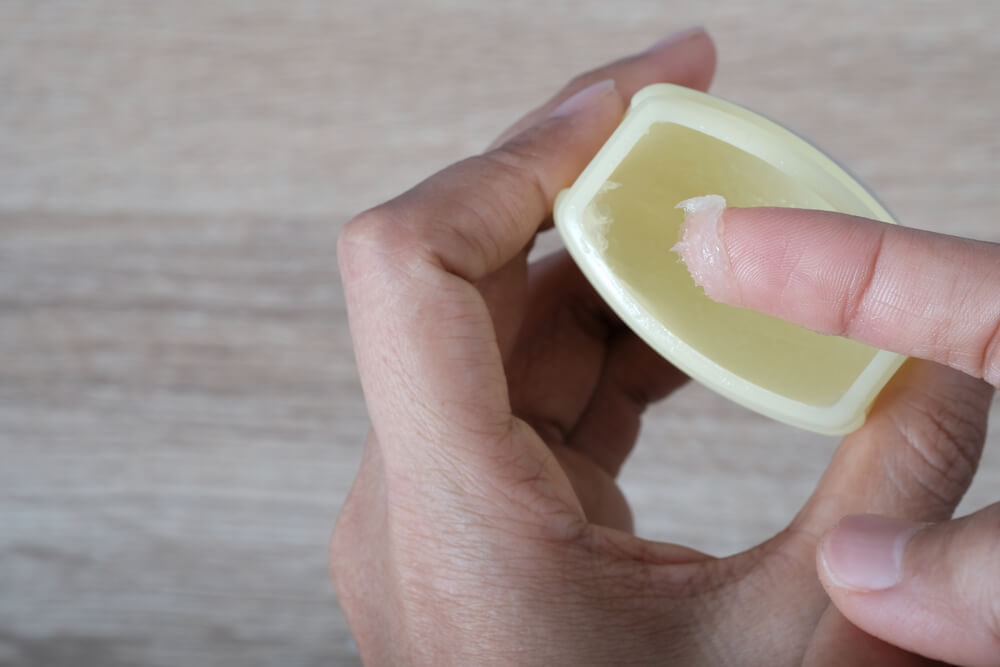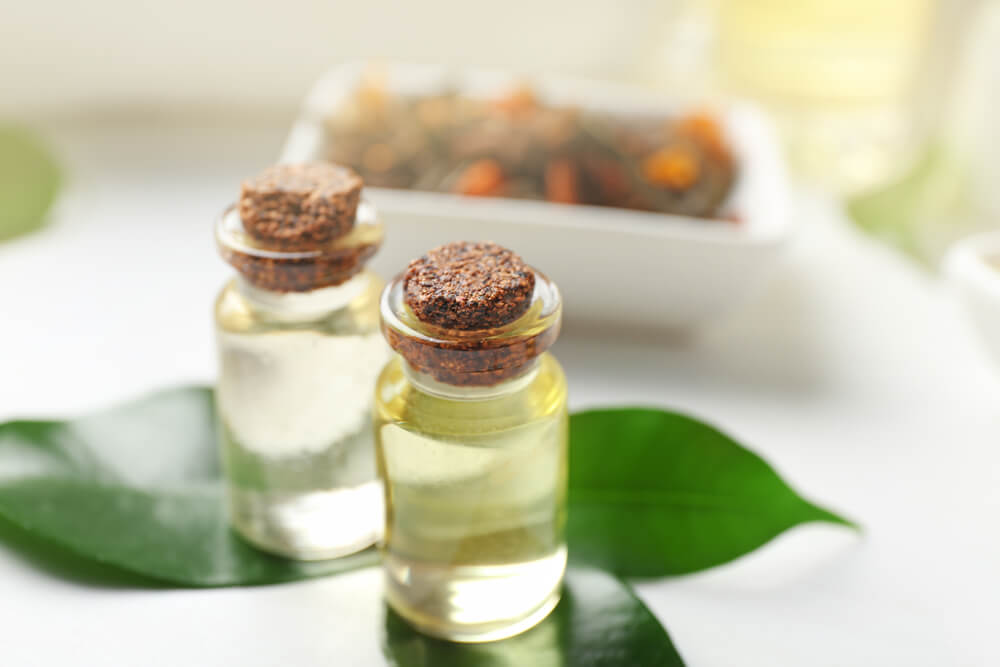Heal Your Cracked Heels with These Proven Natural Remedies
Achilles’ heel is a metaphor commonly used to describe weakness or the key liability of a person or an organization.
While the heel of Achilles has gone into folklore, in the modern-day, another type of heel is becoming a bigger concern. It can be argued that the term ‘cracked heels’ has become almost as famous (or infamous).
Cracked heels are a very bothersome health issue. However, if left untreated, it can develop major infections. Usually, a cracked heel is caused by a lack of moisture and dryness of the skin in the feet area, compounded by an accumulation of dead skin cells.
If the condition is left ignored for a longer duration of time, pain and irritation may arise, followed by the increasing potential for infection. On occasion, if the cracks go very deep, cracked heels can also bleed.
In such a serious case, visiting a doctor may be advised. Based on an assessment(1) done by the NPD Group for the Institute for Preventive Foot Health in 2012, “20 percent of US adults ages 21 and older (about 44 million people) have experienced cracked skin on their feet.”
Table of Contents
How to Heal Cracked Heels Using Naturopathic Remedies
- Home Remedies
- Essential Oils
CURE 1: How Home Remedies can help Treat Cracked Heels
There are various medical products available in the market to cure and prevent cracked heels. However, there are certain home remedies for dry feet and cracked heels, which are very effective in helping in treatment. This article is a brief exploration of what cracked heels are, how home remedies for cracked heels can be effective. And what are the popular home remedies which can be applied, and how to apply them.
1. Coconut oil

Why does it work?
Coconut oil for cracked heels is a great home remedy to treat the condition. Virgin Coconut oil can soothe the pain and irritation on cracked heels due to its anti-inflammatory and analgesic characteristics.
Furthermore, it has medium-chain fatty acids. These fatty acids have antimicrobial properties, enabling them to protect the cracked heels from harmful infections such as bacterial or fungal ones.
Finally, a piece of research(2) also suggests that the application of coconut oil also facilitates wound healing while repairing the skin barrier.
How to use it and how much?
Apply the oil on the affected area. After applying the oil on the cracked heels in gently massaging motion, you can wear a pair of clean socks and sleep. The oil will do its job. You can repeat this routine daily before sleeping for the best results.
Also Read: 13 benefits of coconut oil for babies
2. Epsom Salt
Why does it work?
Epsom Salt or, in chemical terms, magnesium sulfate, facilitates good blood circulation and possesses anti-inflammatory characteristics. This enables Epsom salt to reduce inflammation, repair and soften the skin, and reduce the pain in tired and sore muscles around the affected area.
How to use it and how much?
Epsom salt can be soaked up directly through the skin of your feet. Mix half a cup of it with half a bucket of warm water (or a foot basin) and dip your cracked heels in it 10 to 15 minutes. After you take your feet out, you can do a gentle scrub to remove the dead skin. Such a routine can be followed once every day.
Alternatively, you can also use Epsom salt more holistically. Add a cup of Epsom salt in a bathtub, and take a nice bath for 20-25 minutes.
A word of caution:
If you are pregnant or allergic to sulfur, or suffer from high blood pressure or cardiovascular disease, then you should avoid usage of Epsom salt. If you have diabetes, thyroid or adrenal issues, then consult your doctor before using this home remedy.
3. Petroleum Jelly

Why does it work?
The primary effect of applying petroleum jelly on a cracked heel is the relaxing feeling you get around the affected area. The jelly also acts as an effective natural skin barrier preventing the loss of moisture and stopping infections, thereby accelerating the healing process. In fact, amongst natural moisturizers, petroleum jelly is one of the best – it has a water vapor loss resistance 170 times(3) better than that of olive oil.
How to use it and how much?
Petroleum jelly can be applied topically as an even layer on the cracked heels before sleeping. After applying, you can massage the affected area for some time and leave it overnight. This can be done daily. Just make sure to take the precaution of not rubbing your heels with your hands or against the mattress while sleeping. Such action will defeat the purpose of the jelly.
Did You Know!
| Cracked heels affect women much more than men! The condition is more severe among women, who report it at a rate which is more than 50% than that of men(4). |
CURE 2: Essential Oils for Cracked Heels
1. Lavender oil
Why does it work?
Similar to coconut oil, lavender oil also has strong analgesic and anti-inflammatory properties, which allow it to help reduce the pain and irritation of cracked heels. Furthermore, the essential oil also facilitates the cleaning of the affected area, thereby reducing the accumulated dead cells.
How to use it and how much?
The application of lavender oil on cracked heels produces benefits similar to coconut oil. However, you should not directly apply it to your skin since its an essential oil. Mix 6 drops of lavender oil with about 15 ml of carrier oil such as coconut. The mixture can then be applied uniformly on the affected area in a gentle massaging motion and left overnight. This routine can be followed every night before sleeping.
2. Tea tree oil

Why does it work?
Tea tree oil (5) is an essential oil with multiple characteristics that make it a good solution for accelerating the healing of cracked heels. The oil is antimicrobial, which allows it to protect the cracked heels from bacterial infections that may occur. Furthermore, tea tree oil also acts as a natural antifungal, thereby relieving irritation and itches in the cracked heels. The essential oil also acts as a natural exfoliant, facilitating of removal of accumulated dead cells.
How to use it and how much?
Tea tree oil is a potent essential oil. Therefore, you should take precautions to dilute it before applying it. Also, this oil should not be applied to any area that has developed a raw or open wound. Take a mixture of 4-5 drops of the essential oil, mix it well with a couple of tablespoons of water and apply. Cool the mixture in a refrigerator and apply it on the affected area at night daily before sleeping.
Also Read: Amazing Benefits and Uses of Tea Tree Oil
3. Patchouli oil
Why does it work?
Patchouli oil is an essential oil derived from the dry leaves of a tree known as Pogostemon cablin. The process of hydro-distillation is used to derive the oil.
Multiple pieces of research have shown that this essential oil has anti-inflammatory(6), antimicrobial(7), and immunomodulatory properties thereby enabling it to alleviate the pain and irritation of cracked heels, prevent or fight bacterial infections, and regulate the immune response of the body in case the affected area develops a serious infection.
How to use it and how much?
A foot soak is a very good way of applying patchouli oil to the skin. Pour 8-12 drops of patchouli oil in a tub of warm water and soak your feet in it for 15-20 minutes. This process can be repeated once every day for 3-4 times a week, possibly on alternate days.
Prevention Tips
Even before you reach a situation where cracked heels develop into a discomfiting issue, you can take certain precautions.
Some of the prevention tips to avoid cracked heels include avoiding standing in one position for too long. Checking your feet daily for dry skin and applying the necessary moisturizers, keeping yourself hydrated by drinking lots of water, avoiding too much usage of open-back shoes, flip flops or sandals that can increases the chances of dry skin.
Keeping your heel area cushioned while wearing tight shoes, regularly subjecting your skin to gentle scrubs, and wearing good quality socks.
Cracked heels seem to be a very normal sort of a condition that seems to occur. However, the condition does have the potential to cause a significant degree of discomfort, irritation, and pain.
Fortunately, a number of home remedies described in the article help accelerate the recovery from cracked heels, while also preventing them from developing into something serious such as an infection.
Some home remedies tend to provide natural moisture. Some facilitate skin renewal, others have natural antimicrobial, antioxidizing, and anti-inflammatory properties. Making them a great solution to treat and prevent further damage from cracked heels.
FAQs
1. How to treat cracked heels at home?
There are certain home remedies for dry feet and cracked heels, which are very effective in helping in treatment. Some home remedies tend to provide natural moisture. Some facilitate skin renewal, others have natural antimicrobial, antioxidizing, and anti-inflammatory properties, making them a great solution to treat & prevent further damage from cracked heels. Examples of such home remedies include petroleum jelly, Epsom salt, coconut oil, and essential oils such as lavender, tea tree, and patchouli.
2. Can all cracked heels be treated by home remedies?
Usually, cracked heels is a very mundane health issue caused by a lack of moisture and dryness of the skin in the feet area, compounded by an accumulation of dead skin cells. In the usual cases, home remedies may be enough to facilitate and accelerate the healing process.
However, in certain cases, cracked heels may develop into a serious bacterial or fungal infection, or may lead to bleeding, or may be caused by an underlying medical condition. In such cases, it is better if you visit a doctor as soon as possible.
3. Which essential oils are best for the treatment of cracked heels?
Aromatherapy has been known as a good solution for the healing of cracked heels. Lavender oil, tea tree oil, & patchouli oil are amongst the best ones to facilitate fast healing of the affected area. All 3 of them have multi-pronged properties which help in reducing pain and irritation, preventing and curing infections, and assisting in the removal of accumulated dead cells.




